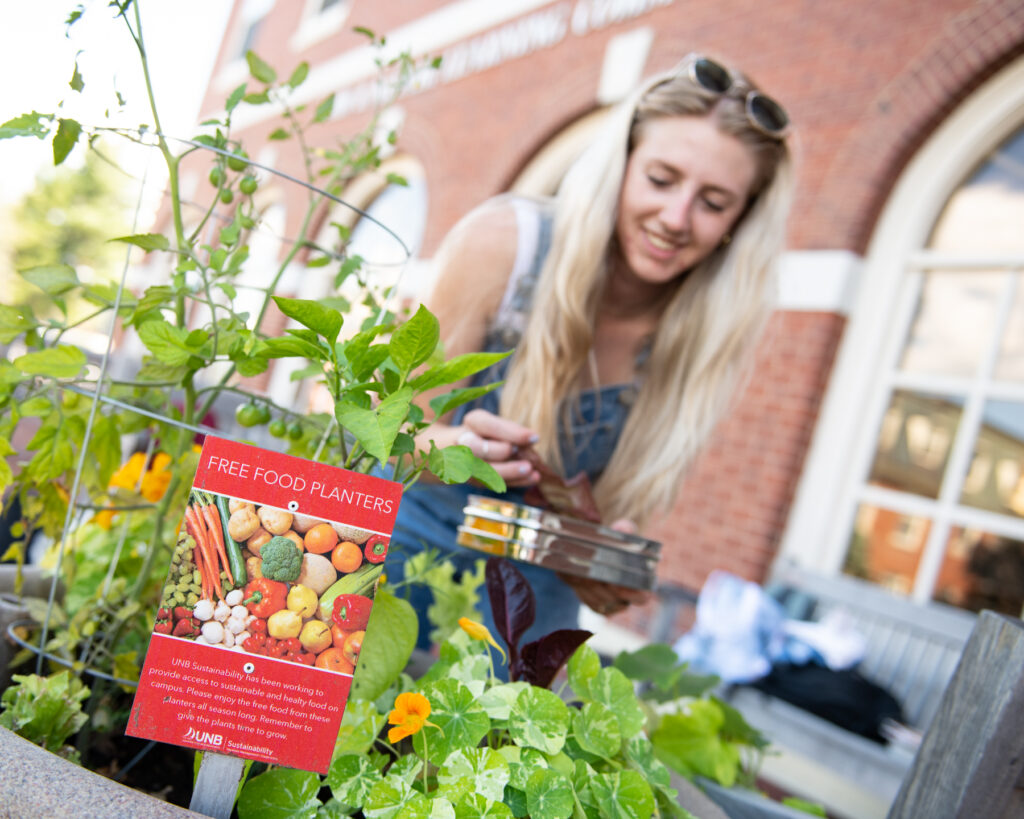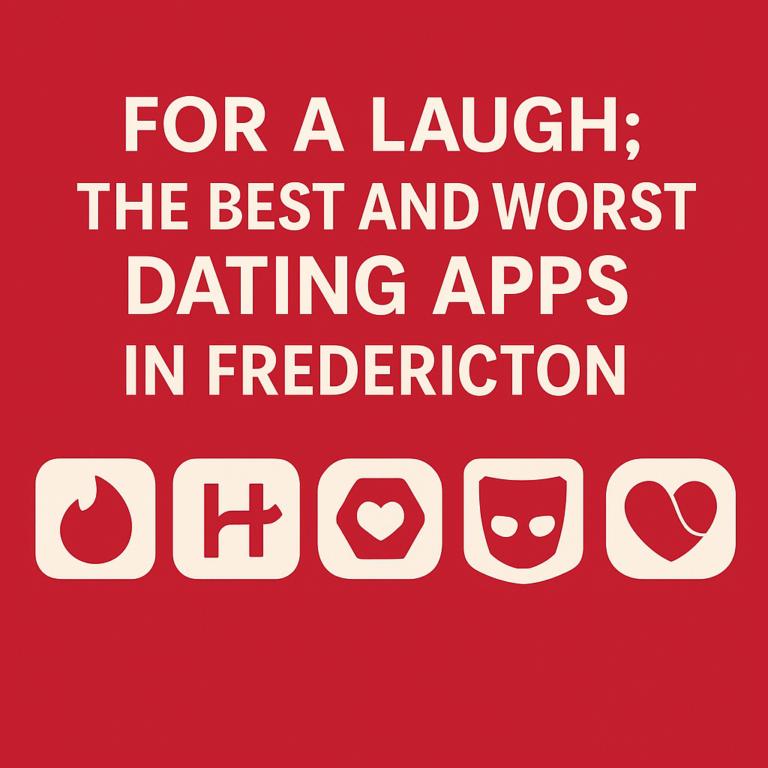Crystal Keyamo
So picture this: it’s a sunny morning, dew is clinging to the lawn, and your dog is tearing around the backyard as you sit and sip freshly-squeezed juice and make plans for your next garden project. Everything is right with the world. For most of us, this peaceful picture is quickly becoming a fantasy as urbanization sweeps our cities at an increasing pace. With the green areas getting smaller and the housing prices growing higher, young gardeners are left to ask themselves — will we ever get to have a garden?
Urbanization is changing the face of cities like Fredericton, New Brunswick, at a very rapid pace. In a study conducted by Statistics Canada, seventy-five percent of large and medium cities have lost green areas between 2001 – 2019. Urbanization is one of the primary reasons behind this as the population growth requires more houses, roads and shops. Urban areas like Toronto, Vancouver and Calgary had a large loss of vegetation, while smaller urban areas like Fredericton are doing better but are still having similar problems.
Fredericton sits as Canada’s third greenest city, with parks sprawling across 21 hectares for every thousand residents and community gardens nestled between neighborhoods. Even here, construction and development threaten to outpace conservation efforts. Mayor Kate Rogers often speaks about balancing new development with ensuring everyone has access to green space within walking distance.
Gardens serve different purposes for residents. For some, backyard vegetable patches connect them to childhood memories. For others, community garden plots provide moments of peace after hectic workdays. These aren’t just pleasant amenities, research has documented how gardening can lower blood pressure and improve mental health. Yet these benefits disappear when backyards transform into foundations for apartment buildings.
Many young people have abandoned hopes of yard ownership. Young teachers, nurses, and other professionals find themselves priced out of the housing market. Homes that cost their parents $180,000 in adjusted dollars now sell for over $500,000. Stories like these repeat across the city, with young people increasingly giving up on dreams of backyard barbecues or planting perennials.
For seniors, the loss of green space means losing connections to cultural heritage. Many immigrants brought gardening traditions from their homelands, growing herbs and vegetables that connected them to their roots. Now living in apartments after selling their houses, they miss the rhythms of seasonal planting and harvesting that structured their years.
Urban planners are exploring creative solutions, from mandatory green space requirements for new developments to transforming unused parking lots into pocket parks. The most successful cities worldwide balance housing density with access to nature.
As Fredericton and similar cities continue growing, questions about what makes a community truly livable persist. The answers will shape not just property values and zoning laws, but the everyday experiences of generations to come — whether they’ll know the satisfaction of harvesting their own tomatoes or watching fireflies rise from the grass on summer evenings.
So here’s the real question: will we ever get to touch the grass again?




